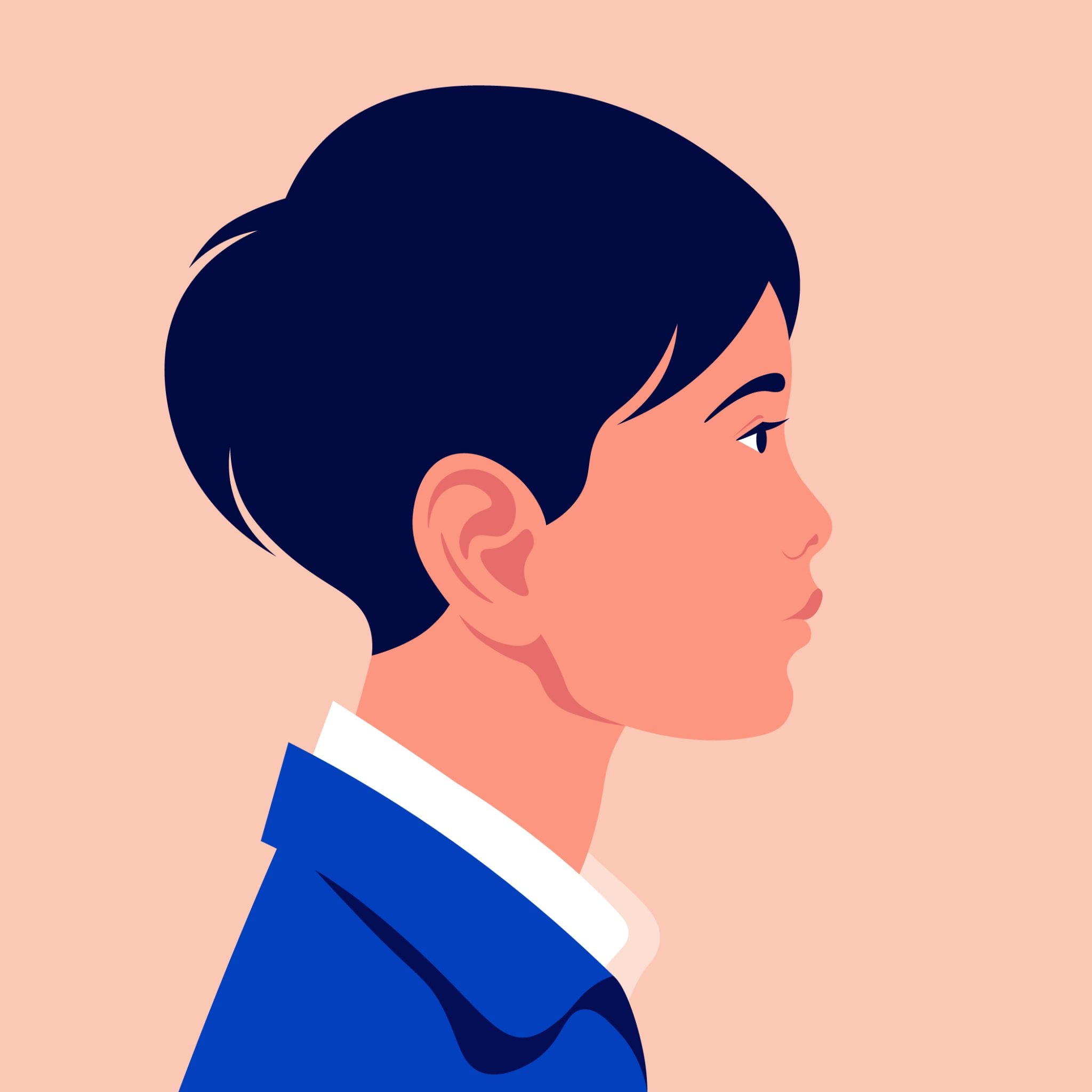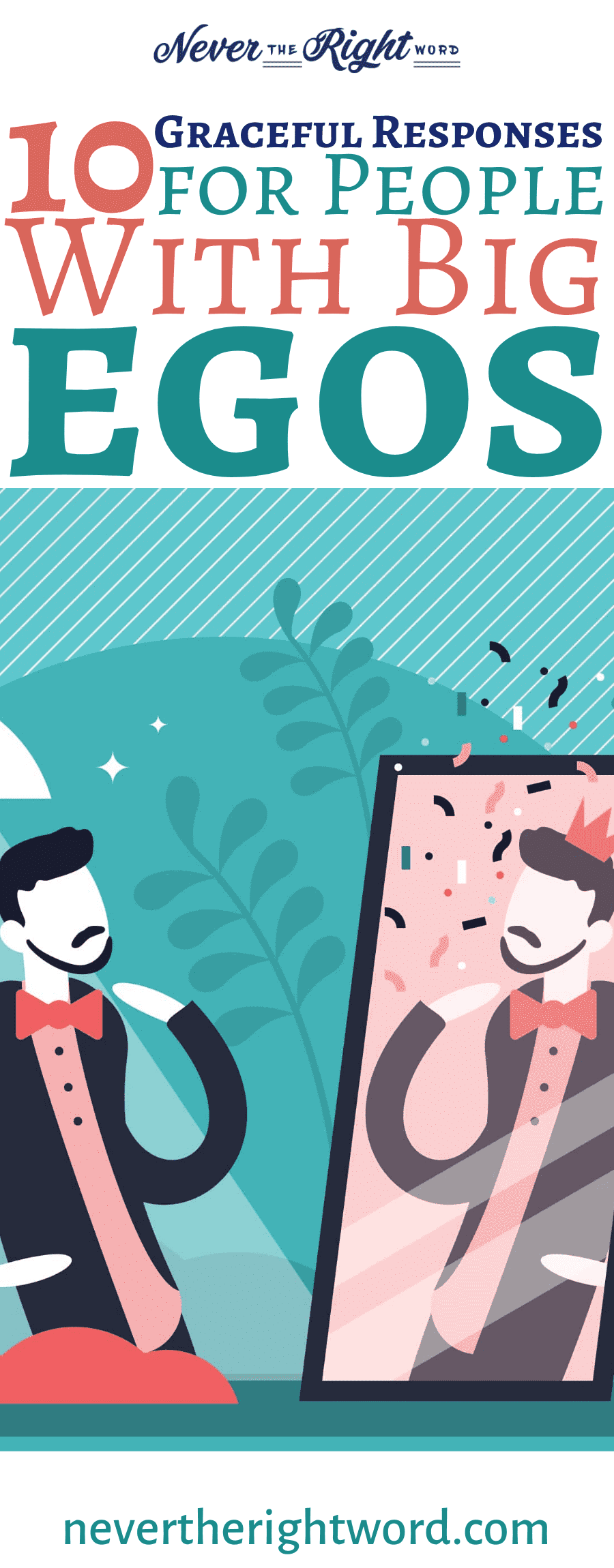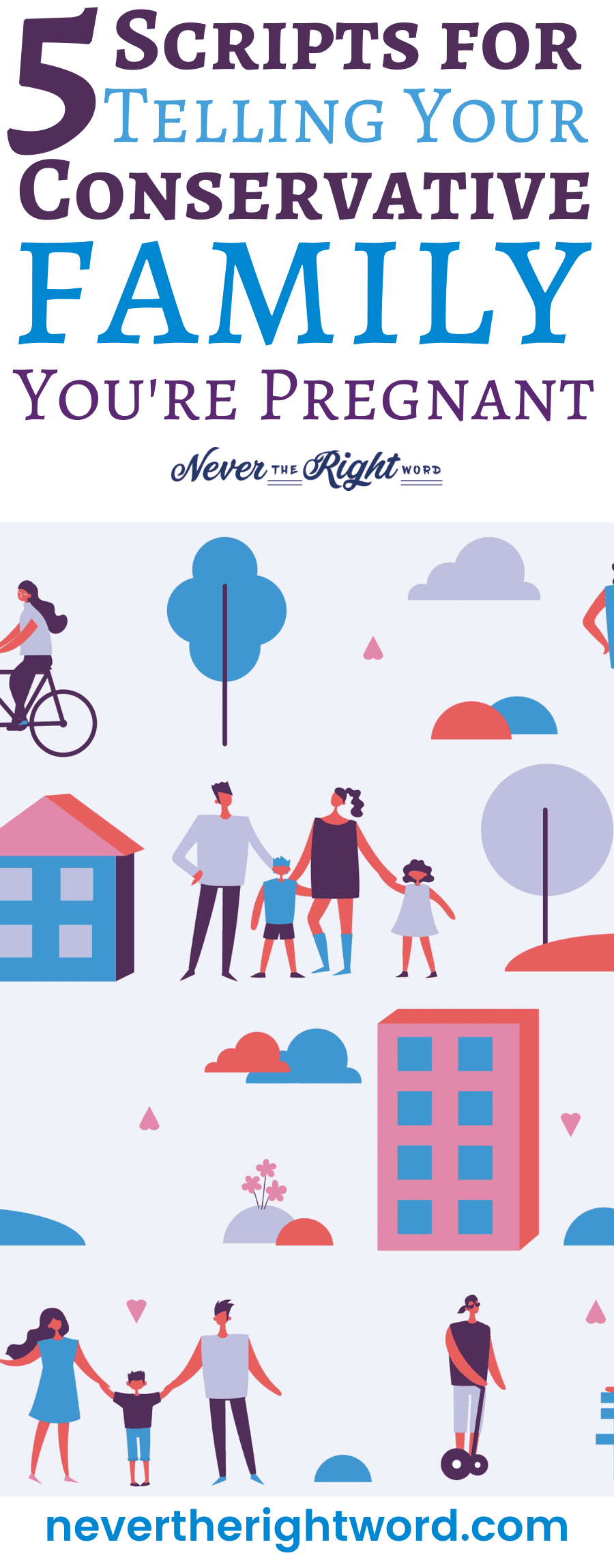“Help My Kid is a Bully!” Here’s the Fix…
No parent ever wants to learn that their child is the playground bully. Unfortunately, bullying is becoming more wide-spread and starting at a younger age than it did in the past. It’s painful to come to terms with, as bullying is as severe an issue for the bully as it is for the victim. A child’s skill at making friends is a key indicator of their mental health as a whole.
If your child is taking part in bullying behaviors, whether verbally or physically, it can be a sign of severe distress. They could be struggling with anxiety or depression or maybe having difficulty regulating their emotions and actions.
So how do you help a child when they are the bully? What steps can you take?
Kids may bully others because of past or present abuse, bad treatment by older siblings, or because they have been or are being bullied themselves.
In many cases, children become bullies because they’ve been hurt or vulnerable before, and this feels like a way to shield themselves.
If they create a frightening reputation and intimidate others, they won’t be hurt like they otherwise might.
Bullying is often a result of emotional or physical damage to the bully themselves.
There are many ways you can develop your child’s self-esteem and help them to handle being bullied, inside or outside the home, without passing it on to others.
What Motivates a Child to Bully Others?
This may seem like a strange thing to address, but it’s essential to recognize that children don’t turn to bully simply because they’re “bad.” Exhale a sigh of relief!
“Kids engage in all kinds of behavior that isn’t a reflection of who they are,” states Dr. Jamie Howard, who directs the Stress and Resilience Program at medical non-profit the Child Mind Institute, which studies and raises awareness of children’s mental health. Children who bully others may simply be making mistakes as they figure out their role within their social structures. It’s entirely possible for a child who is otherwise well-behaved to be regularly harassing other children.
Some bullies have no purpose for the behavior other than personal enjoyment. However, especially with children, it’s more likely that they’re acting out for a specific reason. Though they might not seem obvious to an adult, there are a lot of reasons why one child would bully another, or many kids might bully one.
In most cases, this type of behavior is not as black and white as it may seem. Bullying usually reflects something wrong inside the bully, rather than just on the outside.
Some of the reasons behind bullying behavior may include:
-
Determination to fit in. Your child could be trying to fit in with friends who are bullying a particular classmate or group of classmates.
-
Deflection. Your child might be getting bullied themselves, and being aggressive with others helps them feel empowered and in control.
-
Acting out for attention. Your child might be looking for attention they haven’t been able to get in other ways, whether from parents, teachers, or classmates.
-
Insensitivity to other children’s feelings. Your child may be naturally more assertive and reckless than others their age. They may not fully understand how their actions and words are making others feel. This is especially common with younger children.
-
Overly sensitive to other children’s behavior. Your child may be overly sensitive and see their classmates as acting hostile even when they’re not.
By talking to your child about their bullying, learning about what’s going on from their point of view, and teaching them better social behavior, you can limit bullying and help your child deal with whatever issues may have started it.
Here are some ways to be sure that your child forms healthy, considerate relationships with their peers.
Communicate
If someone tells you that your child is bullying others, your first step should be to have a talk with your child. Don’t downplay the importance of the issue, but don’t pass judgment right away. Be clear that you’d like to hear your child’s point of view.
You could say, “Your teacher called me earlier and said that you’ve been bullying some of the other kids. That’s really concerning to me, and we need to have an honest discussion. Please explain what happened.”
When you and your child talk through the situation, it can help you to understand what’s behind their aggression, and what can be done to stop it. After one mother was informed that her child was bullying some of his classmates, she and his father had numerous heart-to-heart talks with him, trying to find the root causes behind his behavior.
Through discussions and questioning, they learned that their son had very poor self-esteem, and harassing his classmates made him feel powerful and in control. The boy confessed that it felt good to be known as “the worst kid in school”, instead of being invisible as he had been before.
In other cases, children may be unable to articulate the reasons for their bullying. Younger kids and those who are suffering from anxiety, trauma, or other mental health issues may have particular difficulty. If you’re finding it hard to get the full picture, you may want to consult an experienced child psychologist or psychiatrist, who will be better able to evaluate your child’s behavior.
Prepare Ahead
After you’ve dug down the source of the issue, customize your response to your child’s specific social challenges. Talk about theoretical situations that would be hard for them to handle, and help them figure out appropriate ways to do so.
For example, if your child has intentionally been excluding others from activities, you could say:
If other kids ask to play, tell them yes. It’s important for you to include others when you can, and to use only respectful language when you have to refuse.
“Have lots of different solutions to various issues that are likely to come up, and give clear examples about how you expect your child to respond,” Dr. Howard explains. “I would try to frame it as friendship behavior, rather than, ‘Don’t be a bully.’ Kids respond better to being told what to do than what not to do.”
It can also be helpful to have your child look at the situation from the perspective of the child who’s being bullied. Have them recall a time when they felt hurt or left out because of someone else’s actions. Remind them that they’re causing their classmate to feel this same way when they treat them badly.
Illustrations courtesy of Shutterstock.
This article was originally published on https://www.nevertherightword.com. If this article appears on any other site other than https://www.nevertherightword.com without clear referencing it is a violation of the copyright owned by https://www.nevertherightword.com.
This article may contain affiliate links. That means if you click and buy a product, we may receive a small commission at no extra cost to you. Never the Right Word is a participant in the Awin Affiliates Program, an affiliate advertising program designed to provide a means for sites to earn advertising fees by advertising and linking to participating merchants. For more information, please view our Privacy Policy and Earnings Disclosure page.
Look Inward
Kids who are used to seeing mean or belligerent behavior at home are the most likely to act them out elsewhere. Therefore It’s important for parents to be mindful of how their behavior might influence their child’s, and to be realistic about whether or not this might be something that’s been modeled for the child.
Now’s the time to take an honest look at the example you set, because bullying may take place in your household without you even recognizing it.
Do family members shout at each other when upset, call each other names, or make cutting remarks about one another? Do your kids get physical with each other when they’re angry, or get away with saying hurtful things under the guise of “teasing”?
If any of this is true, then your first task is creating a positive home environment—one where all members of the household are treated with respect and empathy.
After the mother mentioned above was informed of her son’s bully behavior, she and his father worked hard to make certain that the behavior in their home equaled how they were asking their son to behave at school. If you are an educator, we have another helpful article on how to do assess your actions and classroom dynamics with students who bully at school.
They refused to allow any bullying speech or “jokes”; the whole family learned and used basic manners, and they rewarded acts of help and encouragement. This didn’t mean that their home was always harmonious, but it set a standard of behavior. When someone failed to meet the standard (even the parents!), it would be addressed together, as a family.
Provide Meaningful Consequences
Punishing bully behavior can work well, but only when limited to direct, meaningful consequences. For example, if you discover that your teenager has been cyberbullying others, the consequence would be immediately losing Internet or phone access.
For especially serious offenses you might remove the privileges for as long as necessary while addressing the behavior with a therapist; but for anything less severe, let them earn back their lost privileges within several days to a week. You must keep in mind, however, that if you remove a privilege for too long, it may lose validity. Your child will be thinking, ‘OK, well, I can never get it back, so I’m just not going to try.’
“You want to make it so that the time within which punishment happens and the amount of time for which it occurs are balanced to have the most significant effect” says Dr. Kristin Carothers, a psychologist who specializes in childhood and adolescent behavior.
Make it Right
After your child has gotten their privileges back and calmed down, explain that they made a mistake and will need to make reparations to those who were hurt. This could be done via any number of methods. The most basic would be to apologize, whether in person or via letter, email, or text message, but you might also get creative. Help your child bake something for the class, or have them invite a previously excluded classmate over to play.
Dr. Howard tells about a patient who was caught calling other kids names and blatantly barring them from her group of friends. As an apology, the child’s mother had her host a party and invite all of the kids who had been bullied. “It was a correction,” says Dr. Howard, “and it was sort of [the] mom’s way of re-establishing control.”
Monitor the Situation
If the person who approached you about your child’s bullying was another parent, you should let your child’s teachers know as soon as possible, so that they can help watch out for further problems or improvements. Check in regularly with the teachers, and if your child does improve, be sure to praise them for becoming a better friend.
Cyberbullying can be particularly challenging to monitor, mainly because it takes place in chatrooms and text conversations, out of sight. If you find that your child has been bullying others online, get passwords for all of their social media accounts and check on them frequently to make certain that the behavior has improved.
Be clear and honest about this, rather than monitoring your child in secret. Make them aware that you’ll be keeping an eye on their social media until they prove themselves able to use it responsibly. “If you’re paying the phone bill, and…for the Internet, you should be aware of what’s going on with your child,” notes Dr. Carothers.
Seek Help
If you’ve been working on your child’s friendship skills for a period of time and the bullying has not stopped, you should look into getting a mental health evaluation for them. They may be dealing with underlying problems that will need the aid of a therapist or psychiatrist to work through.
Stay Connected
In some ways, the most crucial step you can take is to create open communication about your child’s daily life. This will give you a better position from which to identify the signs of bullying and other problems. Dr. Carothers advocates checking in with your child, asking several open-ended questions about their lives each day. “If you want your [child] to talk to you, you have to go and talk to your kid,” she says.
Ask your child each morning what their plans are, and when they come home, ask them to tell you one good thing and one not-so-good about their day. This should be done in an interesting manner, not as a way to grill them for misbehavior.
Starting this type of open communication can be difficult, but it pays off: kids whose parents show interest and expect them to share details about their daily lives are more likely to continue the practice into adolescence and beyond.
Staying connected with your children while being supportive and non-judgmental can be key to stopping their bullying. Talk to them and be a daily presence in their lives. Make it clear to them that you care and are willing to listen to their struggles and concerns. Most of all, be clear about your love.
When Your Child is Passing the Bullying On
Kids may bully others because of past or present abuse, bad treatment by older siblings, or because they have been or are being bullied themselves.
In many cases, children become bullies because they’ve been hurt or vulnerable before, and this feels like a way to shield themselves. If they create a frightening reputation and are able to intimidate others, they won’t be hurt like they otherwise might. Bullying is often a result of emotional or physical damage to the bully themselves.
Explaining this to a child may change their attitude in a surprising way. From the child’s viewpoint, a bully is a monster who terrorizes and holds power over them. Humanizing the perceived monster not only removes much of the emotional power they have over your child, but gives your child an increased sense of compassion and understanding in future. This helps stop the cycle of the bullied becoming bullies.
Unfortunately, harassment is something most of us will have to deal with multiple times during our lives. Understanding the reasons behind such unwarranted aggression builds resilience and makes it easier to handle as if creating a shield that protects us from others’ poor behavior. This can also help your child not to feel they must protect themselves with bad behavior.
Help Them to Understand
Sometimes children bully each other because they feel that they don’t fit in, and wish they did. This happens most often when the “cool kids” are themselves bullies; children who want to be part of their circle will start picking on others in order to gain approval.
Again, this is a result of low self-esteem. The bully doesn’t have a good opinion of himself and his worth; the only way he sees to fit in is to join the other bullies. He believes that doing so will increase his value as a person and bring him happiness.
Explain to your child that the bully’s actions come from a sad place, where their only friendships depend on being mean. This doesn’t make their actions hurt less, but it changes them from a fearful monster to an unhappy child. This, of course, does not mean that the bully shouldn’t face consequences… but maybe they could also use a real friend.
Other times, one kid bullies another because they are jealous of something they have or something they did. Many times in these cases, they simply don’t know how to deal with their feelings of jealousy.
Jealousy is a powerful emotion for anyone to deal with, especially a child. If we don’t rein it in, it can take hold of us and come out as hurtful, harmful words and deeds. When explaining this to your child, prompt them to remember a time when they got jealous. What were their feelings then?
They might say things like frustrated, mad, or sad. Explain that it can be hard to deal with those feelings, and some people don’t know-how. Remind them how hard it is to be friendly and kind when they’re angry. For a kid who hasn’t learned how to act or react when they feel jealous, it’s easy to give in and be mean.
By relating feelings of sadness, anger, or jealousy to your child’s own emotions, you can help them to understand bullying better. Knowing what feelings lead to bullying will allow them to gain confidence, and realize that it isn’t their fault they’re being mistreated, and it has no impact on their personal worth.
Don’t Turn Them Away
A child should never feel that they have to deal with being bullied all alone. If you turn them away and don’t let them communicate their feelings to you, it isolates them. Listen carefully to what they’re saying, and let them know that their suffering and unhappiness matter to you.
When your child isn’t willing to communicate, try your best to coax them out over time. Some kids are scared you’ll take actions that make the bullying worse, or they’re so afraid of their bully that they don’t feel safe anywhere, and don’t want to tell you for fear they’ll get hurt.
If this is the case, keep working at it with caring and understanding until they open up. You need to know what is going on, even if they’re afraid. One way to help them be brave is to reassure them that the person who’s bullying them has no power over them now. Remind them that while they’re at home, they’re safe.
Establishing your home as a safe zone can be very important when it comes to bullying. Otherwise, left without relief, they can dig themselves into a hole of frustration, anxiety, and depression which will be difficult to escape from later.
A note about children who often make stories up to get attention. Even if you’re not sure your child is being truthful about the bullying, listen anyway. It’s essential that you take them seriously.
If you don’t, and they end up being bullied later, they’ll remember you brushing them off in the past and believe you won’t find it important enough to bring up now. Kids remember things like that, even ones who forget everything else.
Step wisely and carefully when your child brings up the subject of bullying. Even if they are making it up, it’s still a perfect chance to teach them why bullying is wrong and how to deal with it.
Help Them Find Real Friends
It’s bad enough to be bullied alongside friends, but it feels even worse when you’re alone. Good friends who have your back when you’re being bullied gives a person strength to keep going in spite of their troubles. Children who are bullied but still have friends are more likely to be able to cope because their friends will help to validate their worth and boost their self-confidence.
If your child has no friends, or their current friends are exacerbating their bullying behavior, help them to make connections. Invite kids from school to a party at your house and help your child to be social. Children—even bullies—love parties, and it’s a good way to get everyone interacting and in a good mood.
Encourage your child to interact with others, and make it easy for them to invite classmates over as often as possible. Some parents frequently restrict their child’s ability to have friends over, and while this is completely understandable, it can lead to your child feeling set apart and very socially alone.
When a kid has a real, faithful friend, their inner foundation is much stronger. They’re more able to withstand distress and insecurity than they are without one. But this doesn’t apply to just anyone they hang out with. A true friend is honest and loyal, someone who your child can trust in times of need.
When you see your child becoming close to someone like this, encourage it. If their so-called “friends” are the opposite, don’t outright ban them from hanging out—this often has the opposite effect—but don’t hesitate to gently point out the reasons why the friendship isn’t beneficial.
The concept of friendship is not always clear to a child. With all of the misleading ideas that are seen in the media and modeled by others, it’s easy for kids to get confused over how a true friend speaks and acts.
Teach your child how a real friend would treat them. There are times when even someone who your child thought was a friend can turn into a bully. When they understand what having a friend really feels like, it will make it easier for them to differentiate.
What About Adults Who Bully?
It isn’t just kids who may be bullying your kids. Adults and mentors, even ones that your child looks up to, can be bullies as well. Now, this is tricky because children are incredibly impressionable and absorb information like a sponge.
If you can’t remove your child from a negative situation (perhaps it’s your child’s relative who always has something negative to say), you will have to teach your child how to grow a thick skin. In cases like these, the best thing is to help your child change how they look at the bullying.
Teach them to recognize right and wrong and let them know that they’re safe at home and that even means adults are not all-powerful. Just because a person thinks a certain thing about them, it doesn’t make it true. Shifting their focus from who doesn’t like them onto who they like will prepare your kids for the harshness of life.
At Never the Right Word, our aim is to give you practical examples of how to handle life’s difficult conversations. If you have an awkward situation that you’d like example templates for, request a topic here.
If you’re interested in further reading, we’ve also included links to our trusted resources and related posts below. To find out more about NTRW and our recommended tools, you can do that here.
Lastly, if you found this content helpful or want to share your own examples, let us know in the comments. We’d also be delighted if you shared this article and joined us on social media too!

Never the Right Word
Hi there! I’m Amy, and I’m the person behind Never the Right Word. I’m a designer-by-day who’s fascinated by human psychology; you’ll find me learning about what makes others tick through all types of media and good old-fashioned conversation. Learn more about me here.
In 2019 Never the Right Word was born to fill the gap of ‘how-to’ websites with copy and paste examples showing you EXACTLY what you need to say to steer difficult conversations into positive outcomes.
Recent Articles...
Relevant Books We Recommend...

Based on their New York Times bestselling book No-Drama Discipline, internationally acclaimed neuropsychiatrist Daniel J. Siegel, MD, and brain-based parenting expert Tina Payne Bryson, Ph.D., has created a guide to manage and reduce drama in your interactions with your kids, and even decrease the amount of time you spend having to discipline. Develop clear and consistent strategies for responding to misbehavior, move from tantrum to tranquility by connecting and calming and practice tips to remain firm and consistent in your discipline, while communicating with warmth, love, respect, and compassion. CLICK HERE to get your copy.

In this easy-to-read, science-based book, parents, caregivers, and adults of all kinds discover how discipline affects children’s development, why intervention should reinforce connection not separation, and why the disciplinary strategies that may have been used on us as children are not the ones that children really need. As a practicing child and family psychologist and advisor to the British Columbia ministry of children and families, Dr. Vanessa has seen it all, and she has navigated hundreds of tough situations with families. Drawing on scientific research and a wealth of clinical experience, she shows you how to put out the fire without dampening your child’s spirits; how to correct their behavior while emphasizing connection; and how to discipline without damage. CLICK HERE to get your copy.

The ultimate "parenting bible" (The Boston Globe) with a new foreword—and available as an ebook for the first time—a timeless, beloved book on how to effectively communicate with your child from the #1 New York Times bestselling authors Adele Faber and Elaine Mazlish. Cope with your child's negative feelings, such as frustration, anger, and disappointment while using effective discipline techniques. Enthusiastically praised by parents and professionals around the world, the down-to-earth, respectful approach of Faber and Mazlish makes relationships with children of all ages less stressful and more rewarding. CLICK HERE to get your copy.

Based on the latest research on brain development and extensive clinical experience with parents, Dr. Laura Markham’s approach is as simple as it is effective. Her message: Fostering emotional connection with your child creates real and lasting change. When you have that vital connection, you don’t need to threaten, nag, plead, bribe—or even punish. This remarkable guide will help parents better understand their own emotions—and get them in check—so they can parent with healthy limits, empathy, and clear communication to raise a self-disciplined child. Step-by-step examples give solutions and kid-tested phrasing for parents of toddlers right through the elementary years. CLICK HERE to get your copy.
Check Out Our Recommended Resources.
Looking to become a digital publisher like us? We highly recommend these tried-and-tested tools:
We Recommend Elegant Themes
The Elegant Themes membership gives you complete access to 87 amazing themes and 3 awesome plugins, including Divi, the ultimate WordPress Theme and Visual Page builder. Elegant Themes have been building the world's most popular WordPress themes for the past 10 years, and rest assured their products will always be improved and maintained.
Build Anything With Divi Theme
One of the most popular WordPress themes in the world. Building layouts is easy and fast, making it ideal to create mockups and wireframes, prototyping a design, and creating the website itself. Build from the frontend or backend. The builder is intuitive. It's easy to learn and can be used by non-developers to create amazing websites.
Customize With Divi Cake Plugins
Divi Cake’s main goal is to help the members of the Divi community find the perfect premium Divi themes, layouts, and plugins created by leading Divi developers and designers. Shop hundreds of premium Divi products like Divi child themes, Divi layouts, and Divi plugins on Divi Cake, the community-driven Divi Marketplace. Find out more about Divi Cake here.
We ❤️Shutterstock Media
We get our images from the OG in stock assets. Boost your business with the right images. They're royalty-free and ready to use. Footage & Music Libraries. 4k Images Added per Hour. No Daily Download Limit. Speedy Search & Discovery. With flexible plans and countless amounts of premium content uploaded weekly, we had to mention Shutterstock.
Skill-Up With LinkedIn Learning
When you want to enhance your professional skills with expert-led, online video tutorials, the only place to go is LinkedIn Learning (Lynda). With a subscription you get 24/7, unlimited access to over 13,000 business, design & tech online courses and with a free month. We like them because we get expert-led courses that we can access anytime, anywhere. What's not to love?
Reliable Hosting With SiteGround
SiteGround boasts a whole list of fantastic features at amazingly affordable prices. Along with multiple growth options, free site transfers and domains, built-in Content Delivery Network integrations, WordPress support, AND human support we wouldn't go to anyone else. They're basically faster, safer, and more supportive- you can check them out here.
We Trust Grammarly Premium
Even seasoned writers need a helping hand at times, that’s why we trust Grammarly Premium. As the World's Most Accurate Online Grammar Checker, Grammarly Premium goes beyond grammar to help you ensure that everything you write is clear, engaging, and professional. Try Grammarly Premium’s AI-powered assistant here.
Find Graphics With Creative Market
Creative Market is the world’s marketplace for design. Bring your creative projects to life with ready-to-use design assets from independent creators around the world. We love the unique finds, social media templates, vectors you name it they have it. I also doesn't hurt that our founder has a little store on there...
Powered by Creative Market
Powered by Creative Market
Contact Us
Follow NTRW
Support NTRW
Donating to Never the Right Word will
help us produce more free content. Thank you!




















